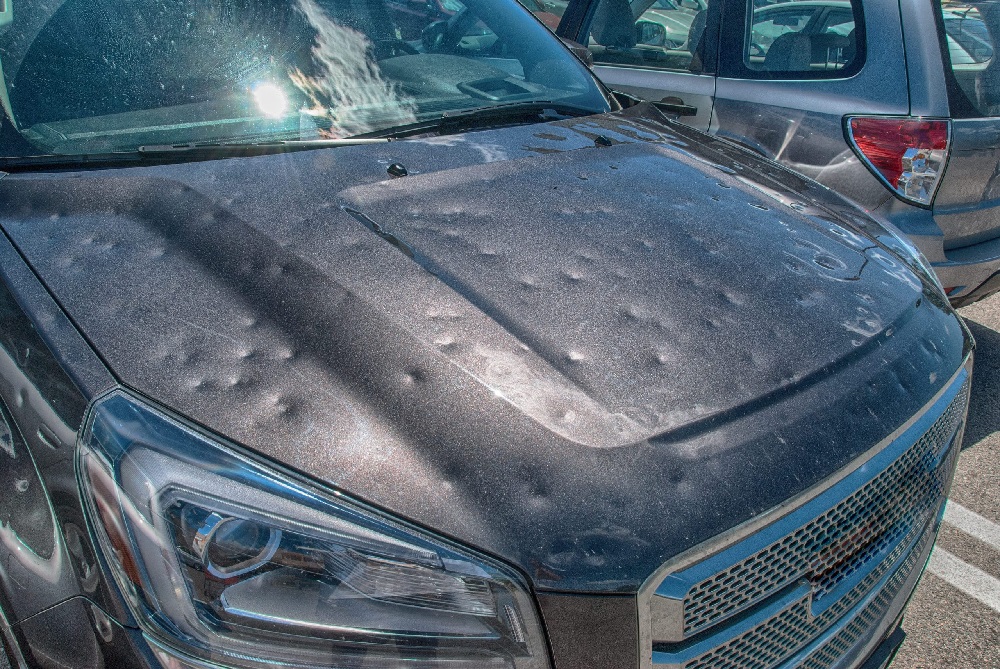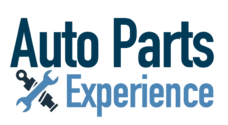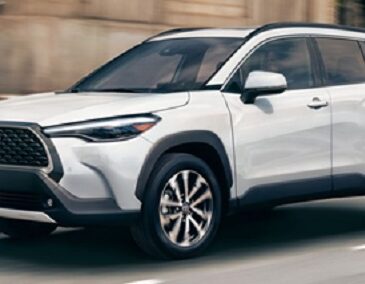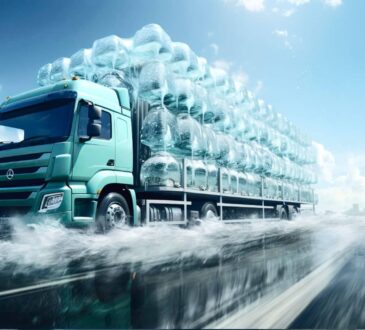
When your vehicle encounters the unfortunate event of a hailstorm, the result can be a frustrating array of dents and dings marring its once-pristine exterior. While traditional bodywork methods might be the first repair strategy to come to mind, there’s an alternative, innovative approach that has become the gold standard in the auto repair industry: Paintless Dent Repair, or PDR.
PDR is an effective method of removing minor dents from a vehicle’s body without compromising its original factory finish, which is especially critical in the case of hail damage. But why exactly is PDR considered the superior solution for repairing hail damage? Let’s dive in.
Preserving the Original Paintwork
Firstly, one of the significant advantages of PDR over traditional repair methods is that it maintains the vehicle’s original paint job. Traditional dent repair often involves filling the dent with putty and then repainting the damaged area, which can lead to color mismatches or visible painting seams. In contrast, PDR works by carefully massaging and reshaping the dented metal back to its original form, leaving the vehicle’s factory finish intact. For automobile enthusiasts and those who care deeply about maintaining their vehicle’s aesthetic appeal, this is a huge plus.
Cost-Effectiveness
Another benefit that makes PDR stand out is cost-effectiveness. Traditional dent repair methods can be labor-intensive and require expensive materials, such as fillers and paint. This can quickly add up, especially when dealing with hail damage, which often affects large areas of the vehicle. On the other hand, PDR, which requires only specialized tools and the technician’s skill, often comes in at a fraction of the cost of traditional repair methods, without sacrificing the quality of the repair.
Time Efficiency
The adage “time is money” rings true in many aspects of life, including vehicle repair. Traditional dent repair methods, because they require repainting and allow time for the paint to dry, can leave you without your vehicle for several days. PDR is a much faster process as it skips these time-consuming steps. In many cases, PDR can be completed in a matter of hours, depending on the extent of the damage, allowing you to get back on the road quickly.
Environmental Impact
In today’s world, the environmental impact of our actions is an increasingly important consideration. Traditional body shop repairs involve chemicals like paint, solvents, and fillers, which can be harmful to the environment. PDR, in contrast, is an environmentally friendly repair method as it doesn’t use any of these substances. This makes PDR an excellent choice for the eco-conscious consumer.
Maintaining Vehicle Value
PDR can help preserve the resale value of your vehicle. Potential buyers often scrutinize vehicles for evidence of repair work, such as uneven paint or visible seams from body filler. Since PDR maintains the original paint and doesn’t require filling, sanding, or painting, it leaves no evidence of repair, helping to maintain your vehicle’s value in the long run.
In conclusion, PDR stands out as the best option for hail damage repair due to its preservation of original paintwork, cost and time efficiency, lower environmental impact, and maintenance of vehicle value. However, it’s important to remember that PDR is a skill-intensive process that requires trained professionals for the best results. Thus, choosing a reputable repair service with experienced PDR technicians is vital to restoring your vehicle to its former glory after a hailstorm. With PDR, you can weather the storm and come out shining on the other side.



